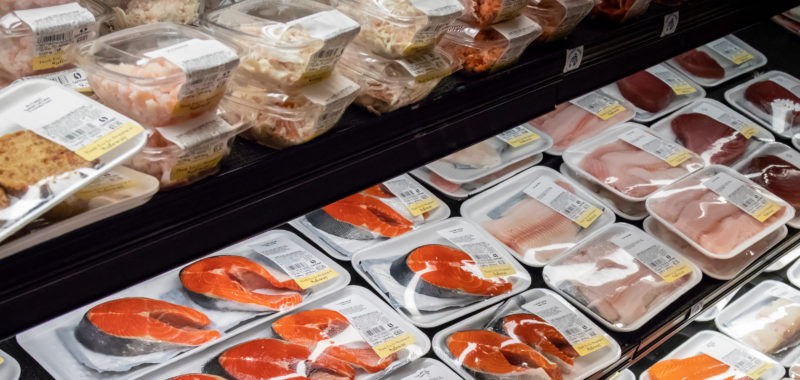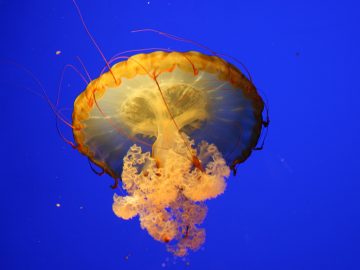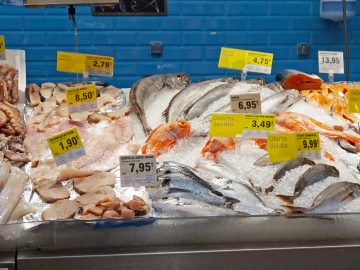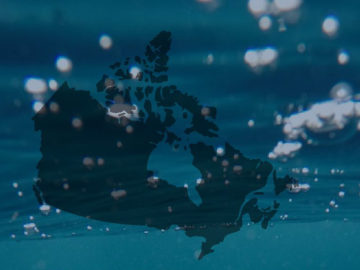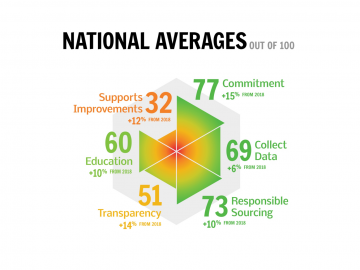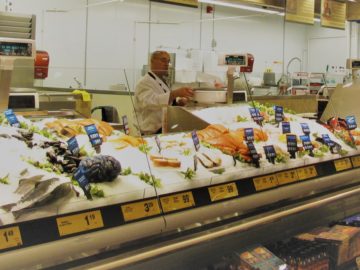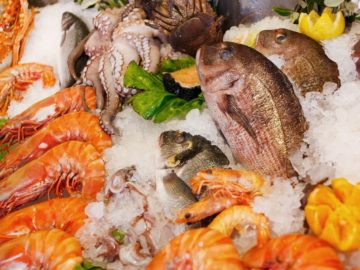Canadian seafood needs better traceability and labelling so consumers can tell what it is, where it was produced, which method of fishing or farming produced it, and where it was processed.
How do you decide what kind of seafood to buy? Do you go to the supermarket looking for something specific, or do you just go and see what looks good? Regardless of your approach, some supermarkets make it much easier than others to know what you’re actually buying, where it came from, and how it was produced. These pieces of information are essential if you’re trying to support sustainable fisheries and aquaculture. Unfortunately, Canada’s lax labelling regulations mean retailers are only required to include a common name (which can be the same across many different species such as “sole”) and, if the product was imported, the country of “last major transformation”(for example where the fish was filleted, not where it was actually caught or farmed). Common name and country of processing are not enough to determine the sustainability of your seafood.
In most cases, retailers do not have a system for collecting and displaying the more detailed information that would allow consumers to vote with their dollar and buy seafood that is in line with their ethics and values. In order to label products with this information, it must travel with the fish or seafood product from the point of harvest all along the supply chain to the point of sale. This traceability is essential for verifying the sustainability of products. Without robust traceability and honest labelling, consumers are vulnerable to buying seafood sold under false pretenses.
This is why SeaChoice has been analyzing the quality of Canadian retailers’ seafood labels through our citizen science DNA testing projects. Our 2017 testing found that while the level of seafood mislabelling (using an incorrect or improper common name) in supermarkets was relatively low (7%), 26% of labels were unsatisfactory and 57% were poor in terms of providing information above the legal minimum. SeaChoice is running this project again in 2018 and the results should be in soon.
SeaChoice has also been looking at Canadian retailers’ current use of traceability systems through Seafood Progress. Seafood Progress evaluated the traceability, labelling and data collection policies of every major retailer in Canada. Some retailers are star performers regarding data collection and labelling, and others had no information publicly available (and did not provide it upon request) to answer these questions. On average, retailers scored 36 out of a possible 100 on their seafood labelling policy, 44 out of 100 on traceability commitments, and 62 out of 100 for data collection. You can find out how your retailer did by visiting www.SeafoodProgress.org and clicking on their logo (see KPI 4.1, KPI 1.3 and Step 4, respectively).
SeaChoice is working to improve these scores across the board by supporting innovative traceability initiatives (such as Know Your Fish) raising consumers’ awareness of seafood labelling through our citizen science projects and by mobilizing the public to “join the shift” and call on retailers to voluntarily improve their traceability and labelling practices.
You can give your support to Canadian seafood businesses to implement better traceability and labelling by signing this open letter to retailers. You can also let your retailers know directly that you care about seafood sustainability by asking questions about the seafood in their stores – for example, by asking which species it is, where it was caught, or how it was farmed.
